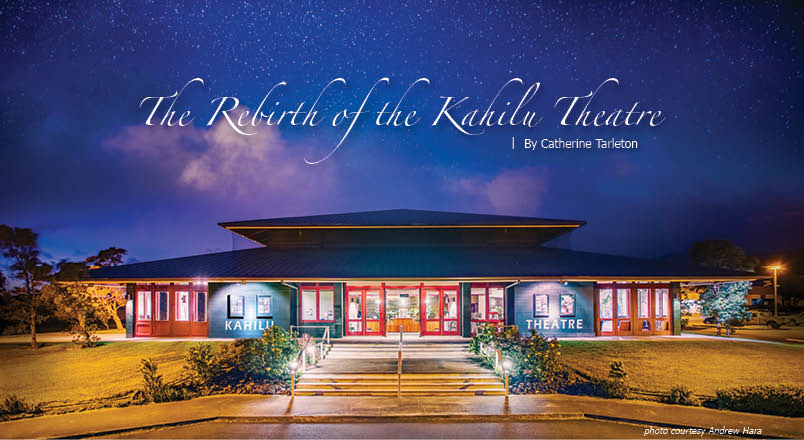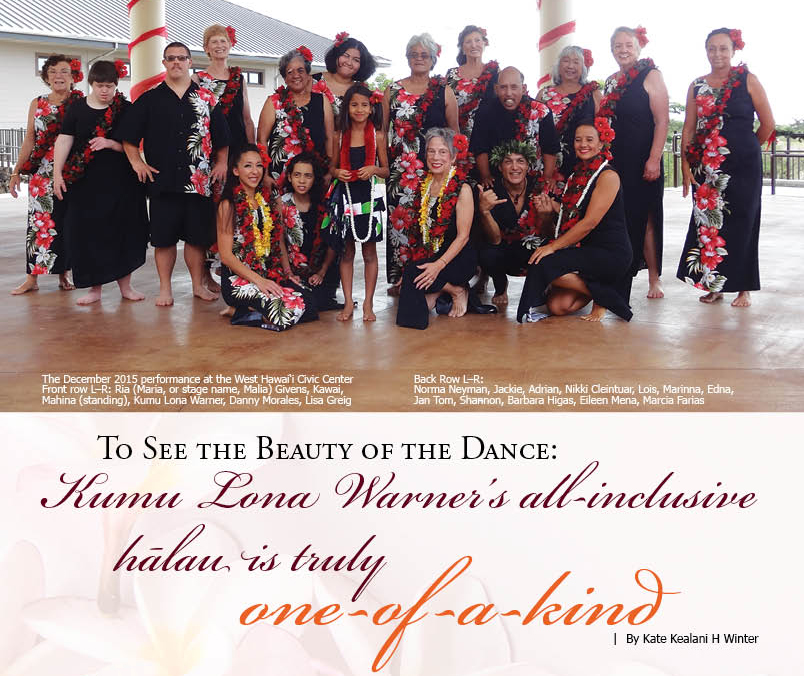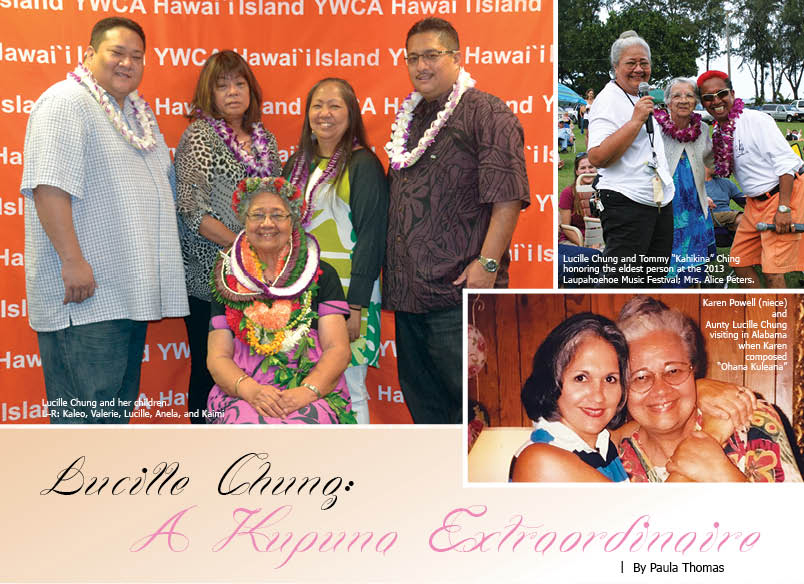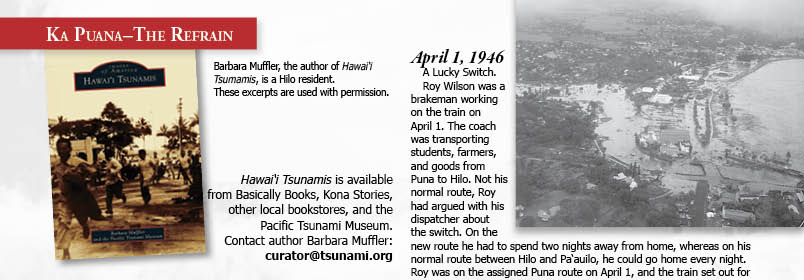
Ka Puana: Hawai‘i Tsunamis
 April 1, 1946
April 1, 1946
A Lucky Switch.
Roy Wilson was a brakeman working on the train on April 1. The coach was transporting students, farmers, and goods from Puna to Hilo. Not his normal route, Roy had argued with his dispatcher about the switch. On the new route he had to spend two nights away from home, whereas on his normal route between Hilo and Pa‘auilo, he could go home every night. Roy was on the assigned Puna route on April 1, and the train set out for Hilo at 5:45 a.m., making numerous stops, including Kapoho and Pahoa. After each stop the conductor would call ahead to Hilo for the all clear, but that morning the conductor could not reach Hilo after Makuu.
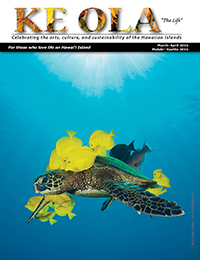
Moreover, Roy noticed something very unusual at Makuu. The ocean, typically blue, was brown, seemingly flowing uphill. The Hilo dispatcher informed the conductor that Hilo had just been hit by a tsunami, and they should offload all passengers, who would be bused home. The train personnel proceeded to Hilo in the empty motorcar. Roy heard that Engine 121, his usual train, had been hit by waves, and the track was undermined and destroyed along bayfront, seen here from Waiakea. If aboard the train, he could have perished. Roy was happy to find his wife safe in their home.
Note how high the water is under the Wailoa Bridge in the foreground. (James Kerschner Collection)
A Survivor Describes What Happened.
Dan Nathaniel Jr. observed the water receding out about half a mile from the location of the American Factors lumber building.
He said, “The ocean bed was practically dry. You could see the bottom. We ran to the Wailuku River’s mouth; it too was dry.” “Then it began,” he continued. “It started slowly. The first wave came in the direction of the lighthouse, filling the ocean bed. You could see the current race in the direction of Waiakea, hit Sea View Inn, and then swing toward Coconut Island. It struck the breakwater, crashed along Wainaku, and then came heading directly for the railroad bridge and the lighthouse point. It smashed into the bridge and went on its way of destruction,” he said.
“When the big wave came,” Nathaniel continued, “I was standing in front of Hilo Meat Co. The next thing I knew I was hanging to the rafters for dear life, with boiling water all about me.” Note the scattered rail cars and lumber in this photograph. (James Kerschner Collection)
May 23, 1960
Residents in Shock.
Astonished residents looked on the sea of debris in Hilo with concern and anguish, as officials looked for the missing. (Charles Hansen Collection)
March 11, 2011
A Rising of the Sea.
When a tsunami crest comes in, as shown here in Kailua-Kona in 2011, it is a rising of the sea, a powerful in-rushing flood of water. This view is toward the King Kamehameha Kona Beach Resort. (Brian and Linda Teahen Collection)
Contact author Barbara Muffler
These excerpts are used with permission.
